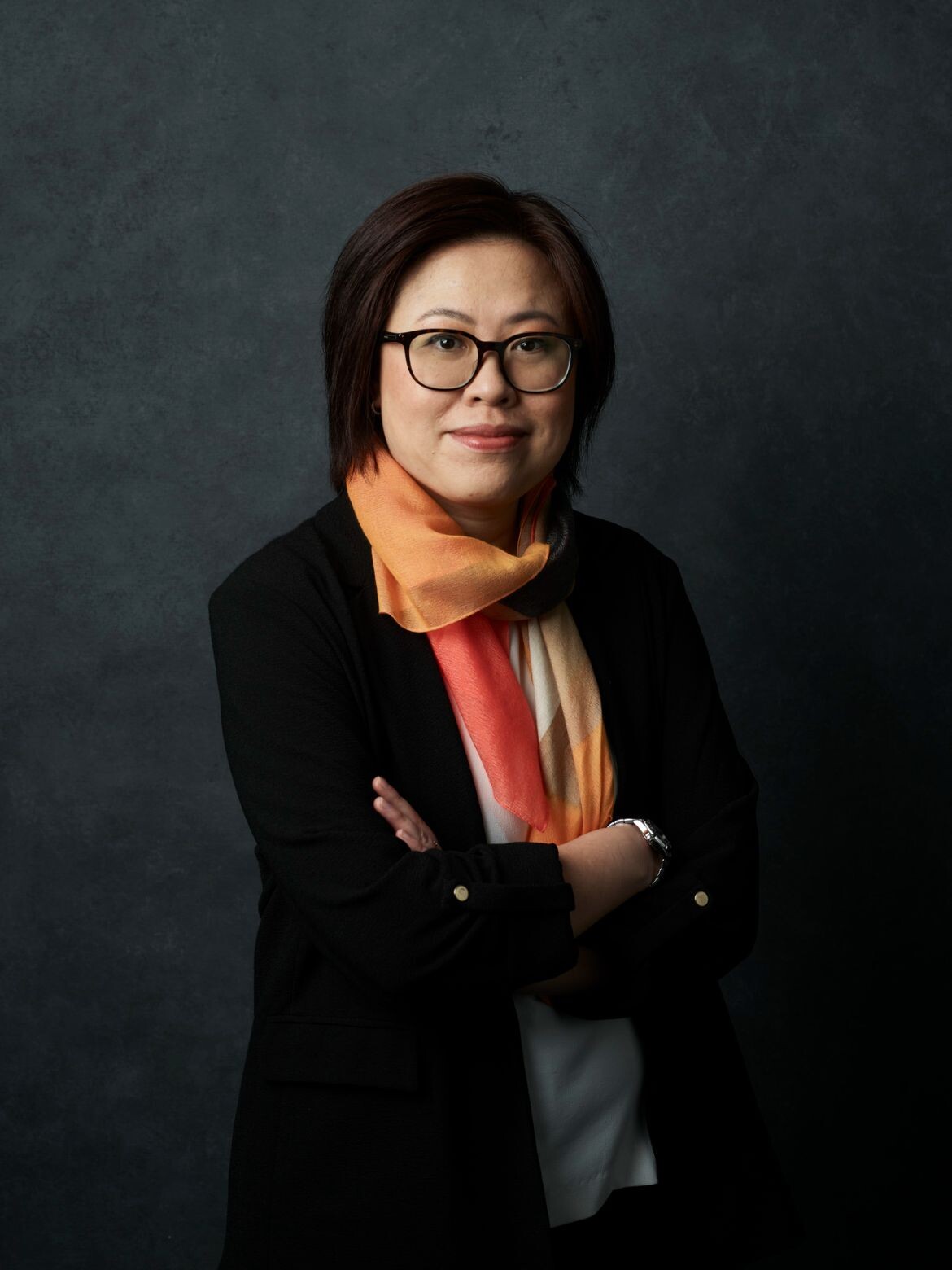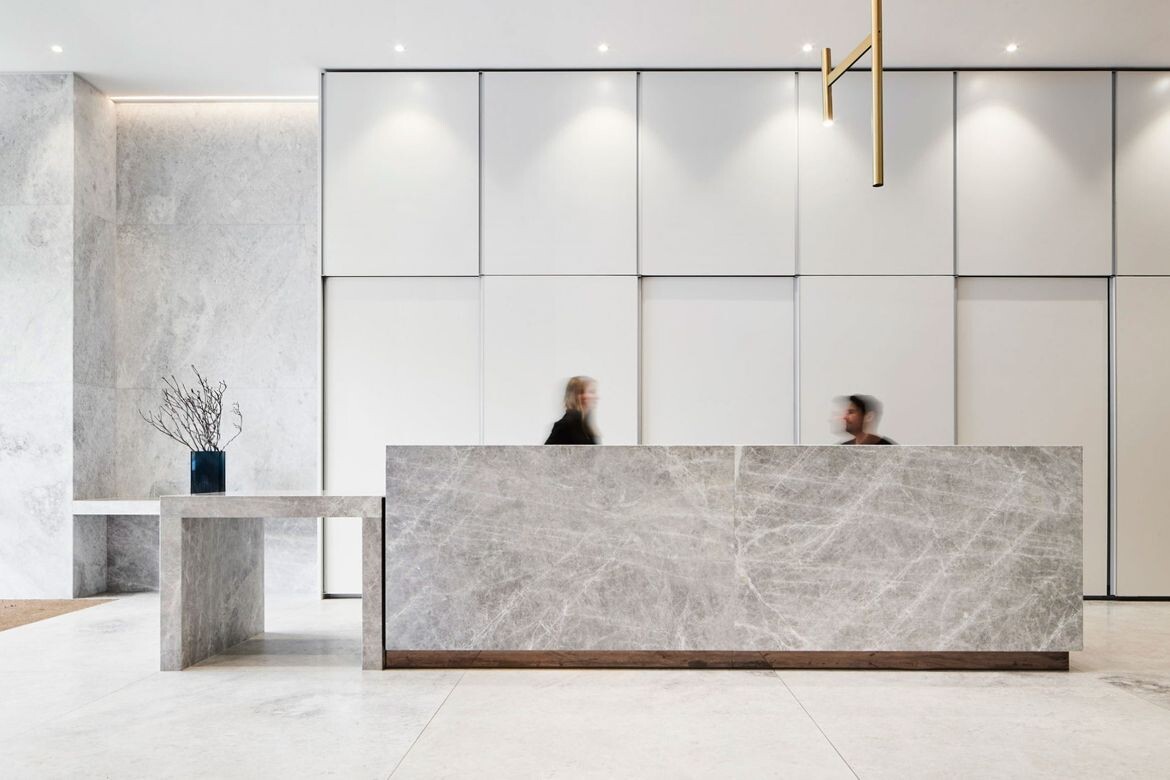In the bayside leafy suburb of Albert Park in south lies , an elegant tower that has been transformed from a dated office building into a premium aged care residence. It was designed by , as was its award-winning neighbour, . Both represent the future of aged care, where sustainability, technology and a continuum of care come together to provide the best for residents.
Adaptive reuse projects to combat a tight construction market
In the Australian aged care sector, there is a huge opportunity to increase adaptive reuse. That means using existing buildings rather than the construction of new ones, especially in a tight construction market.
Across , large government-funded projects are moving forward, including , transport and major infrastructural investment required to support the 2032 Olympic Games and 2026 Commonwealth Games. It’s an exciting time for the nation but, on the flip side, the high volume of projects being submitted for planning currently outweighs the supply of builders. Ultimately, this decreases competition in the tender market for seniors living projects and drives up construction costs.
Related:

Despite this, the need for aged care only increases, necessitating ways of looking towards the conversion of established buildings. These might require only half the construction work and rely on different skill sets, particularly builders with expertise in internal refurbishment. Importantly, this approach also avoids the environmental impact of demolition and provides a new lease of life to ageing assets.
As The Grace and The Alba testify, adaptive presents alternative avenues for construction in the aged care sector that can be more cost-effective and sustainable in the long run. In the current economy, the entire sector is exploring new ways to revivify and expand its offering. It’s doing it in more ways than one and this is for the better.
Hybrid approaches to care for couples
At a conference recently, I was presented with the idea that retirement villages can play a larger role in the provision of , something referred to as ‘Aged Care Lite’. While I agree that many people want to age in place, it is not always possible for these communities to provide a higher level of care.
This is where the rise of supported living apartments, or assisted living residences, can provide a viable alternative. While living independently, residents can gain access to at-home care services that help to uphold their wellbeing and allow them to age with dignity.
This hybrid model can also cater to couples, those who have lived together for a long time and want to stay together but may require different levels of support. With this approach, both parties receive the necessary support, respite and independence. With many stigmas and controversies surrounding residential aged care, assisted living presents a highly practical and empathetic solution that is gaining traction among providers and residents alike.

The rise of verticality
As our population ages, it is increasingly important that infrastructure is put in place to support the needs of this demographic, including in our inner-city suburbs and established neighbourhoods. It might not be sustainable or feasible for the elderly to move out of their local area in search of a home that will meet their care needs. Ideally, they should be able to stay within their neighbourhoods — close to family, friends, and familiar social spaces. This allows them to maintain their sense of belonging and community.
Vertical aged care can provide purpose-built with specialised care services to support an ageing population. This not only benefits our local senior citizens but also the wider community by fostering intergenerational connections and community cohesion. It must be time for the sector, as well as the broader community, to explore vertical aged care as a way to offer appropriate housing choices in places our elderly have called home most of their lives.
Fender Katsalidis
Photography
Courtesy of Fender Katsalidis
We think you might also like this story on
The post appeared first on .